The Bible in CNI Christ Church, Surat was printed in 1516 is competing 500 Years
DOOT DECEMBER 2016 – દૂત ડિસેમ્બર ૨૦૧૬
The Immaculate Conception Church, Pune often known as the mother church of the Deccan, is set to celebrate 225 years of its existence.
Article from The Times of India
Oldest church to celebrate 225 years of service
TNN | Dec 8, 2016, 12.37 AM IST
PUNE: The Immaculate Conception Church, often known as the mother church of the Deccan, is set to celebrate 225 years of its existence from Thursday. The year-long festivities would begin on Thursday with a tableau and a live hymn band.
A look through the city’s history books reveals a fascinating array of land deals that went through before the church was constructed in the early 1790s.
Unlike most churches in the city Catholic or Protestant the City Church, of the Catholic sect, was thought of by Portuguese officer Dom Minguel de Noronha in the army of Peshwa Madhavrao.
Historians believe Dom Minguel de Noronha was possibly hired by Madhavrao Peshwa to strengthen his army. To show his appreciation for the Portuguese servicemen in his army, Madhavrao gave a parcel of land in the Quarter Gate area of the city, right at the edge of the Pune Cantonment, in 1791.
The church’s first services began on December 8, 1792. Today, the church offers services in English, Konkani, and Marathi, and most of its congregation are ethnic Goan or Mangalorean Catholics. The structure itself has gone through many changes over the years, including the addition of a school almost a century after the church congregated. Quite a lot of the original structure, however, is still standing tall.
“The inner halls and altar have mostly changed since the church’s establishment. But about half the building is probably 225 years old, which is the age of this church. We manage to keep this structure up using donations from our parishioners,” Rev Fr Salvador Pinto, the parish priest at the City Church, said.
The celebrations will be on till December 8, 2017. During this period, the church authorities have planned various charitable activities and feasts. The statue of Mother Mary is scheduled to go to various localities across the city and will return to the church only on November 28 next year.
“For Thursday, we have organised a tableau, where children will perform and depict the forming of the church over the years. There will also be a live band to sing hymns,” parishioner Elizabeth Coutinho said.
Thumbs down for wedding gowns – Malankara Orthodox Church.
Article from The Week
Thumbs down for wedding gowns
By Cithara Paul | December 01, 2016
Kerala-based churches are facing a sartorial crisis of sorts. With more brides shedding the traditional white sari for the wedding gown, they cannot seem to decide whether the western wedding gowns are Indian enough.
Though there is a general ban on wearing wedding gowns, various churches are independently issuing diktats against wearing gowns for weddings asking the brides to keep “propriety in mind’’ while choosing a wedding dress. The ecclesiastical orders generally ask the brides to keep the cultural aspect in mind.
One prominent church among them is the Malankara Orthodox Church in Parumala. The church has made it mandatory that the brides should wear sari for the wedding.
“We do not allow brides to wear western gowns for weddings here. We expect them to wear a sari and this ban has been on for quite some time,” Fr M.C. Kuriakose, manager of the Parumala seminary, told THE WEEK. He insisted that this decision should be seen in a cultural context.
The priest said that the managing committee decided to ban wedding gowns as it created a lot of unnecessary controversies. “Sari suits our cultural ethos and it is liked by everyone,” he said.
Another Jacobite priest, Fr George C. Kurian, felt that by wearing a deep neck or see through gown, the sanctity of marriage is being questioned. “It is disrespectful to both the church and Indian culture,” he said.
But, he insisted that the church is not against modernity. “It is just that we do not see western gown as a sign of modernity or sari as a sign of regressiveness. It is all about propriety,’’ added the priest.
It is learnt that the wedding gown became controversial when a priest admonished a bride who was apparently wearing a “gown with a deep neckline’’ for her wedding. He refused to conduct the wedding ceremony until the bride shed her gown and wore a traditional sari. The bride who had invested a fortune in the designer wedding gown was left with no option but to do what the priest had told her and the ceremony ended on a happy note.
This stand by the churches has nipped many a sartorial dreams in the bud.
“It was my long-time dream to see my bride in a gown. But she had to wear a sari to avoid any kind of uneasiness,’’ said Jatheesh Joy from Alappuzha.
But, not all are willing to budge.
“I have already bought a wedding gown at a very high rate. I am not going to buy a sari just because a few priests have failed to adapt to the changing times,” said Neha Sara, who is getting married in January.
There are some who feel the real issue is not the gown but its provocativeness. “If the bride wears a western gown with decent necklines and cut, no priest would stop her,’’ said Susan Bobby, who wore a gown for her wedding.
Some see the whole issue as symbolic of the Jacobite Church, which is caught in between the ‘Indian ethos’ and western influences.
“Jacobite and Orthodox churches are extremely conscious of its Indian identity. They are keener to retain their Brahminical lineage and Indian identity than the Catholics who look up to the Pope in Rome,’’ said Geevarghese Mathew, an academician who has studied about the Indianisation of Christianity.
Interestingly, the dress of the groom, which is normally a three-piece suit or the traditional kurta and mundu (dhoti), has not raised any eyebrows.

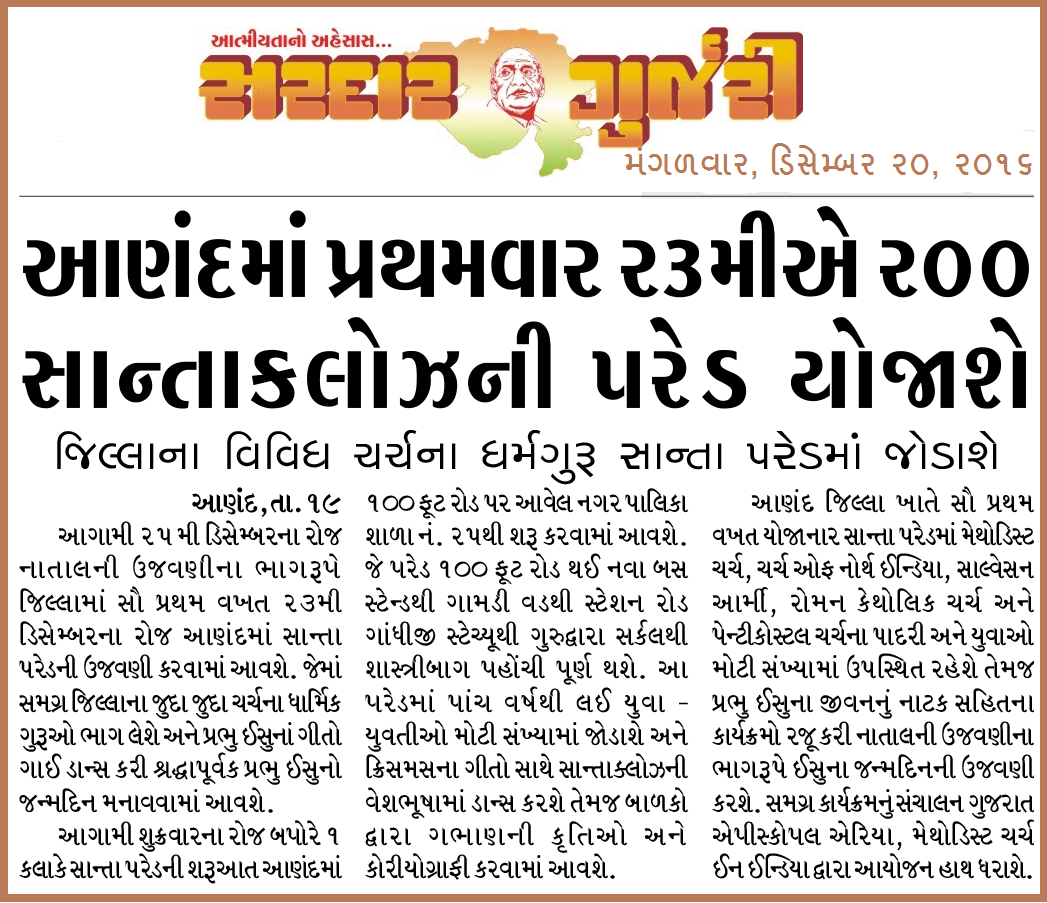

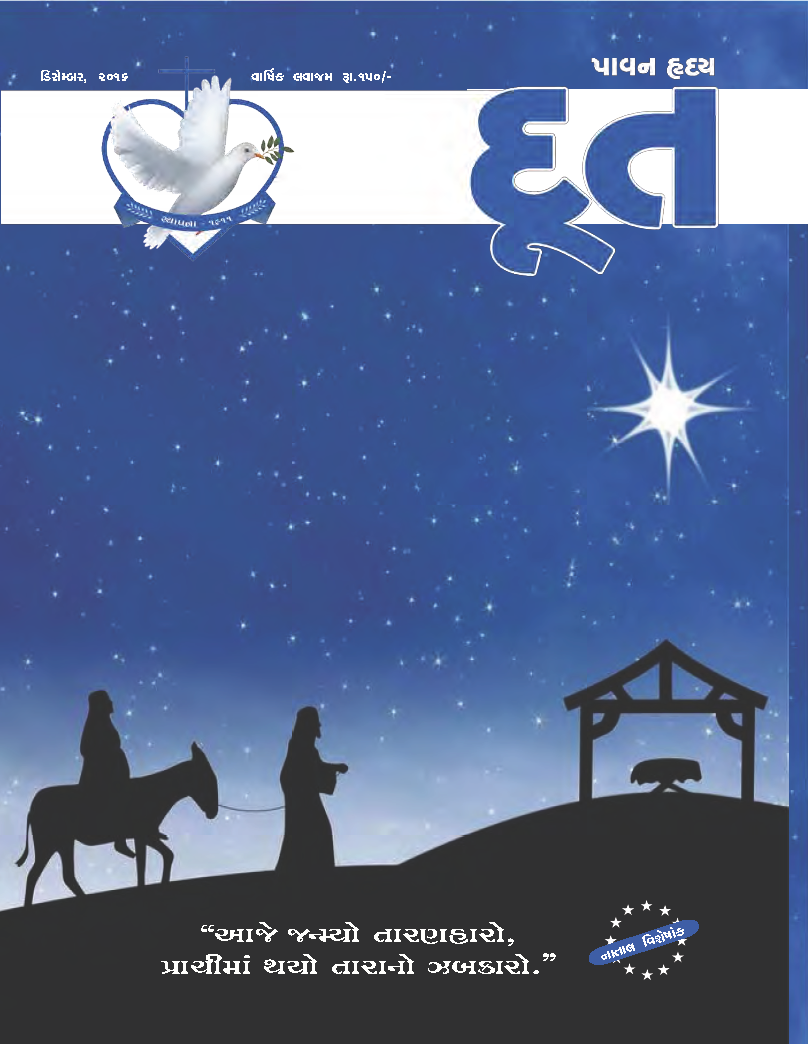
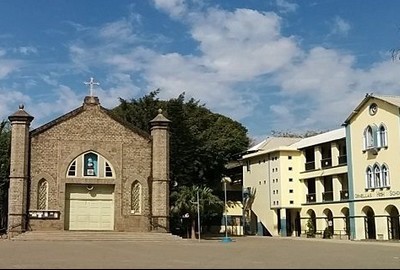
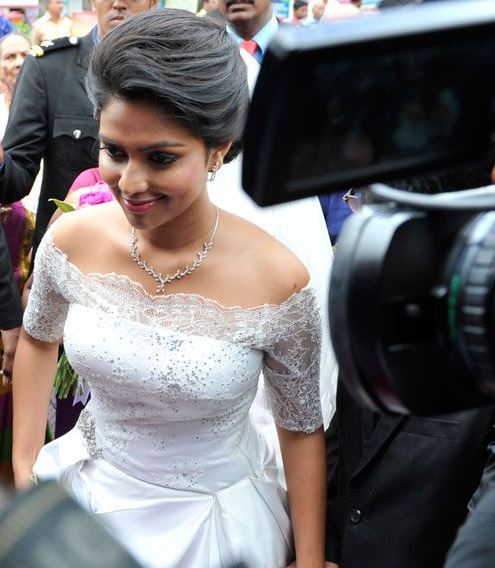

 Christian Herald
Christian Herald Fr. Varghese Paul S.J. website
Fr. Varghese Paul S.J. website Gujarati Catholic Samaj of USA – ગુજરાતી કેથોલિક સમાજ ઓફ યુએસએ
Gujarati Catholic Samaj of USA – ગુજરાતી કેથોલિક સમાજ ઓફ યુએસએ My Gujarati Blog – જગદીશ ક્રિશ્ચિયન – દશાની દિશા
My Gujarati Blog – જગદીશ ક્રિશ્ચિયન – દશાની દિશા Union of Catholic Asian News – યુનિયન ઓફ કેથોલિક એશિયન ન્યૂઝ
Union of Catholic Asian News – યુનિયન ઓફ કેથોલિક એશિયન ન્યૂઝ United Gujarati Christians of America (UGCOA)
United Gujarati Christians of America (UGCOA)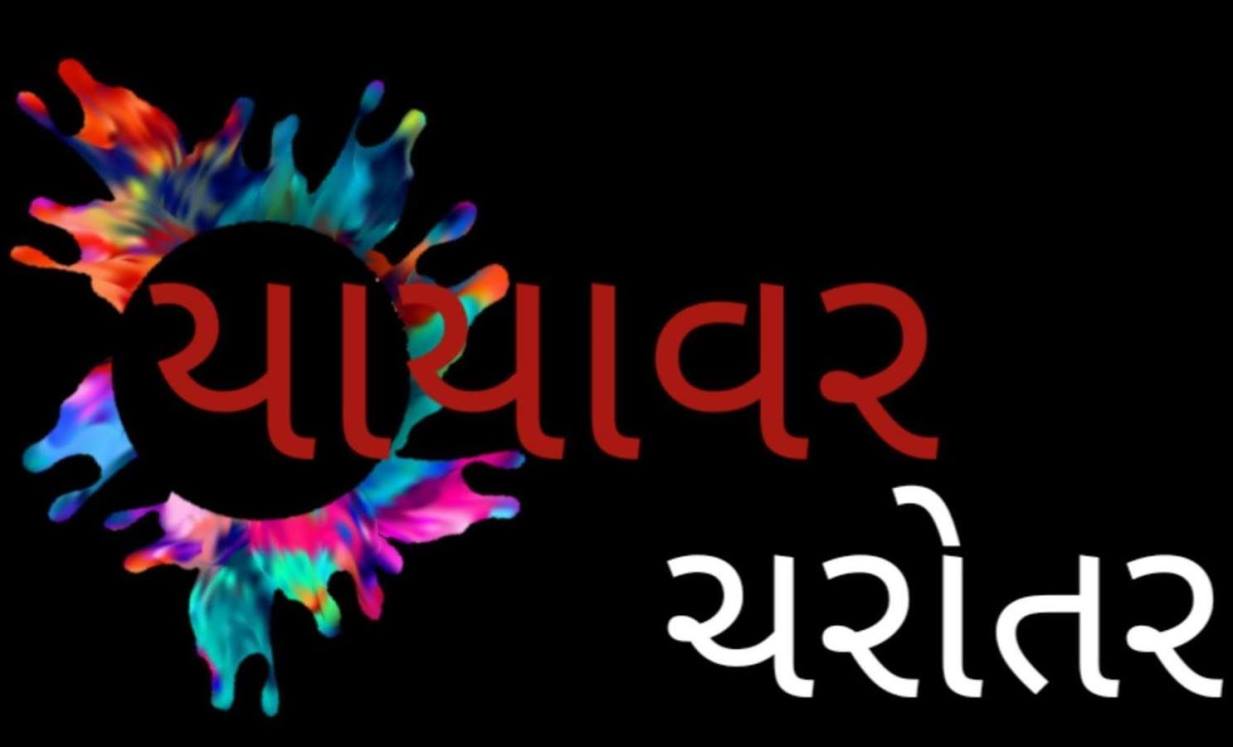 Yayavar Charotar
Yayavar Charotar Srujana
Srujana